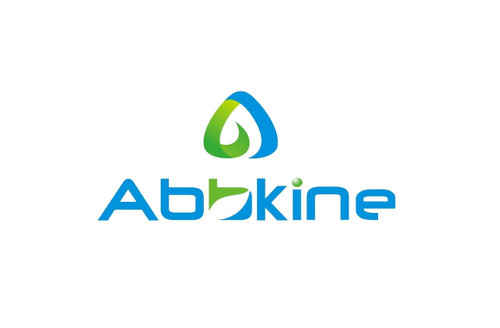Product Description
Human EGF-like repeat and discoidin I-like domain-containing protein 3 (EDIL3) ELISA Kit | AE61201HU | Abebio
Species Reactivity: Human (Homo sapiens)
Abbreviation: EDIL3
Alternative Name: DEL1; MGC26287; EGF-like repeats and discoidin I-like domains-containing protein 3|developmental endothelial locus-1
Application: ELISA
Range: 0.312-20 ng/mL
Sensitivity: 0.127 ng/mL
Intra-Assay: ≤4.9%
Inter-Assay: ≤8.3%
Recovery: 0, 99
Sample Type: Serum, Plasma, Other biological fluids
Detection Method: Sandwich
Analysis Method : Quantitive
Test Principale: This assay employs a two-site sandwich ELISA to quantitate EDIL3 in samples. An antibody specific for EDIL3 has been pre-coated onto a microplate. Standards and samples are pipetted into the wells and anyEDIL3 present is bound by the immobilized antibody. After removing any unbound substances, a biotin-conjugated antibody specific for EDIL3 is added to the wells. After washing, Streptavidin conjugated Horseradish Peroxidase (HRP) is added to the wells. Following a wash to remove any unbound avidin-enzyme reagent, a substrate solution is added to the wells and color develops in proportion to the amount of EDIL3 bound in the initial step. The color development is stopped and the intensity of the color is measured.
Product Overview: EDIL3 is a glycoprotein that is secreted by endothelial cells and can associate with the endothelial cell surface and the extracellular matrix. EDIL3 is regulated by hypoxia or vascular injury and has been implicated in vascular remodeling during angiogenesis.The predicted 480-amino acid mouse and human proteins, which are 95% identical, contain a signal peptide, 3 epidermal growth factor (EGF) -like repeats, and 2 discoidin I-like repeats. Northern blot analysis revealed expression of a 6.5-kb transcript in highly vascularized mouse embryonic day-15.5 tissue and in mouse and human endothelial cells, but not in other adult tissues. In situ hybridization analysis showed Del1 expression in developing endocardium at 9.5 days postcoitus and in renal artery and hypertrophic chondrocytes at 13.5 days postcoitus.
Stability: The stability of ELISA kit is determined by the loss rate of activity. The loss rate of this kit is less than 5% within the expiration date under appropriate storage condition. The loss rate was determined by accelerated thermal degradation test. Keep the kit at 37°C for 4 and 7 days, and compare O.D.values of the kit kept at 37°C with that of at recommended temperature. (referring from China Biological Products Standard, which was calculated by the Arrhenius equation. For ELISA kit, 4 days storage at 37°C can be considered as 6 months at 2 - 8°C, which means 7 days at 37°C equaling 12 months at 2 - 8°C) .
 Euro
Euro
 USD
USD
 British Pound
British Pound
 NULL
NULL








